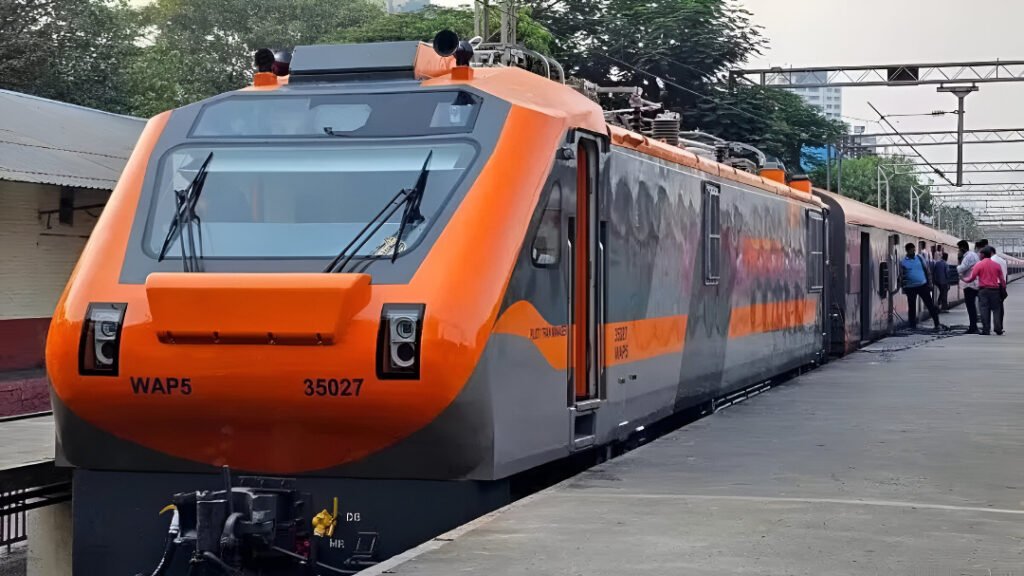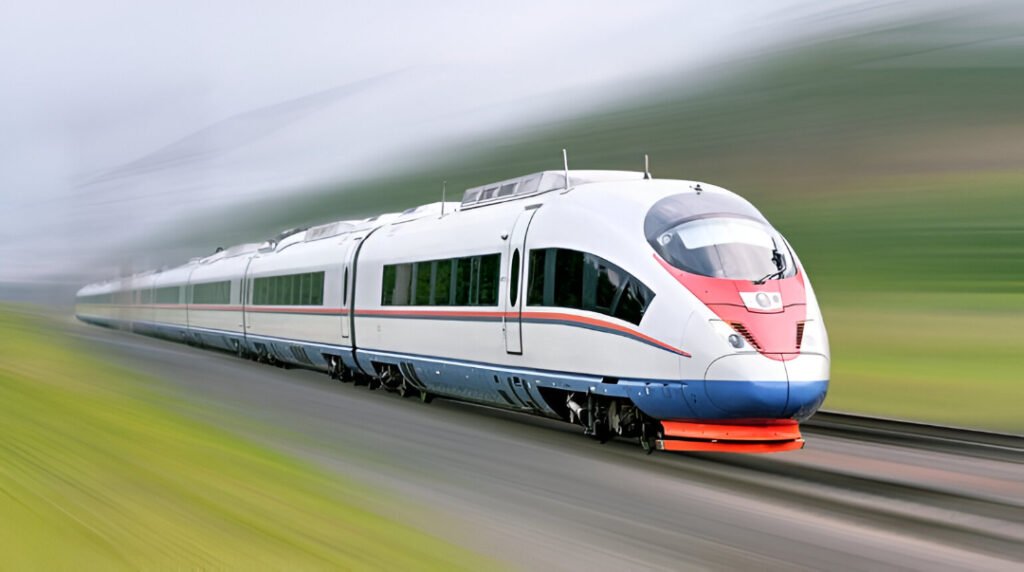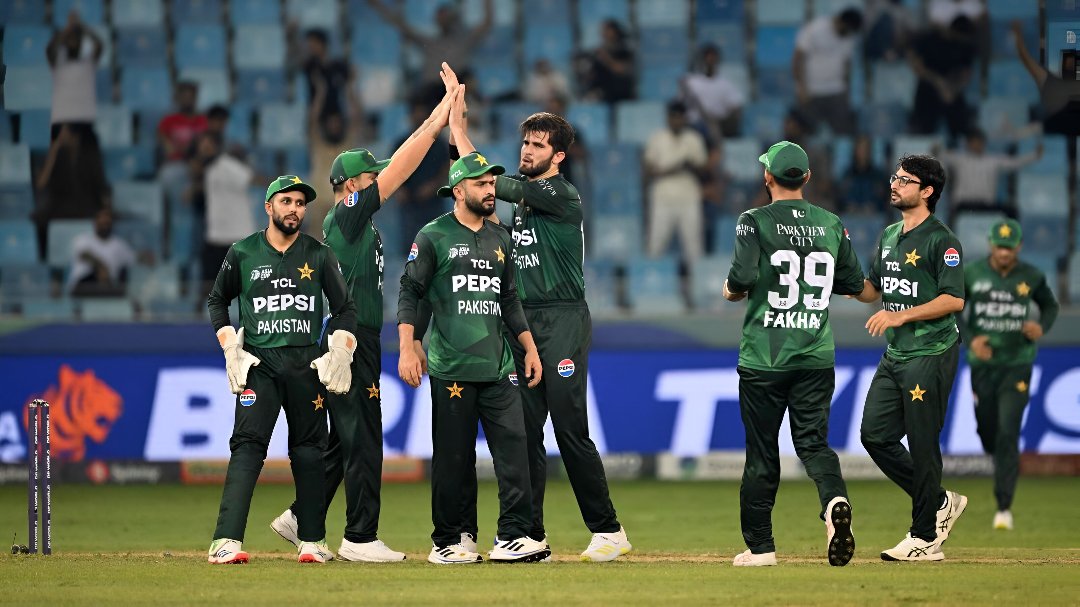
The Indian Railways is set for a historic transformation as the government launches an ambitious plan aimed at modernizing infrastructure, enhancing freight handling capacity, and revolutionizing passenger experience. In an exclusive interview with The Economic Times, Union Railway Minister Ashwini Vaishnaw spelled out the far-reaching changes in progress, including the introduction of 1,000 new trains in the next five years and the much-awaited bullet train project that will be ready for commercial runs by 2027.
Expansion at an Unprecedented Scale
Vaishnaw emphasized the scale of expansion Indian Railways has witnessed in the past decade. “India has added 35,000 kilometers of new tracks in the last 11 years, the size of Germany’s entire network,” he said. A record 5,300 kilometers were added in just one year. Alongside this, the country is manufacturing 30,000 wagons and 1,500 locomotives annually, surpassing the combined output of North America and Europe.
The minister attributed this exponential growth to a sharp rise in investment. Capital infusion into the railways has increased from ₹25,000 crore to ₹2.52 lakh crore, while an additional ₹20,000 crore has flowed through public-private partnerships.
Bullet Train Project: Speeding Up the Future
One of the most eagerly awaited upgrades is the Mumbai-Ahmedabad bullet train project, which is under development in a joint venture with Japan. The first prototype is anticipated to be ready by 2026, with commercial operations in 2027. Institutions in India like IIT Madras and IIT Roorkee are also playing a dominant part in the design and research efforts of the high-speed rail system.
Notably, many critical components, such as the 40-meter-long girders, are now being manufactured domestically and are even being exported, indicating India’s growing capability in rail engineering.
Shifting Gears in Freight and Logistics

Indian Railways is also setting its sights on becoming the backbone of the country’s logistics network. Vaishnaw pointed out that rail freight is not only significantly more cost-effective, costing less than half per ton-kilometer compared to roadways, but also 95% more environmentally friendly. Rail’s share in cargo movement has increased from 26% to 29% over the last ten years, with a target to surpass 35% in the near future.
Safer, Smarter, More Comfortable Travel
In terms of passengers, significant changes are already evident. More than 2,000 ordinary coaches have been introduced in the last two years. New trains such as Amrit Bharat and Namo Bharat are increasing connectivity at an affordable cost of travel. “Fares are still lower than those in Pakistan and Bangladesh,” Vaishnaw noted.
Safety, too, has seen a dramatic overhaul. Derailments have dropped from 170 per year to under 30, and overall rail accidents are down by 80% over the past decade as a result of consistent safety audits and technological upgrades in signaling and tracks.
No to Privatization, Yes to Integration
Vaishnaw made it clear that full privatization of Indian Railways is off the table. Instead, India will adopt models like those in Japan and Switzerland, which prioritize integration, public ownership, and professional management. “The three bottlenecks—capacity, technology, and investment—have now been addressed,” he said.
With its eyes set on becoming a global rail manufacturing hub, Indian Railways is no longer just a transportation system; it’s a symbol of a future-forward India in motion.
Indian Railways Set to Undergo a Major Revamp: 1,000 New Trains and Bullet Train by 2027
The Indian Railways is set for a historic transformation as the government launches an ambitious plan aimed at modernizing infrastructure, enhancing freight handling capacity, and revolutionizing passenger experience. In an exclusive interview with The Economic Times, Union Railway Minister Ashwini Vaishnaw spelled out the far-reaching changes in progress, including the introduction of 1,000 new trains in the next five years and the much-awaited bullet train project that will be ready for commercial runs by 2027.
Expansion at an Unprecedented Scale
Vaishnaw emphasized the scale of expansion Indian Railways has witnessed in the past decade. “India has added 35,000 kilometers of new tracks in the last 11 years, the size of Germany’s entire network,” he said. A record 5,300 kilometers were added in just one year. Alongside this, the country is manufacturing 30,000 wagons and 1,500 locomotives annually, surpassing the combined output of North America and Europe.
The minister attributed this exponential growth to a sharp rise in investment. Capital infusion into the railways has increased from ₹25,000 crore to ₹2.52 lakh crore, while an additional ₹20,000 crore has flowed through public-private partnerships.
Bullet Train Project: Speeding Up the Future

One of the most eagerly awaited upgrades is the Mumbai-Ahmedabad bullet train project, which is under development in a joint venture with Japan. The first prototype is anticipated to be ready by 2026, with commercial operations in 2027. Institutions in India like IIT Madras and IIT Roorkee are also playing a dominant part in the design and research efforts of the high-speed rail system.
Notably, many critical components, such as the 40-meter-long girders, are now being manufactured domestically and are even being exported, indicating India’s growing capability in rail engineering.
Shifting Gears in Freight and Logistics
Indian Railways is also setting its sights on becoming the backbone of the country’s logistics network. Vaishnaw pointed out that rail freight is not only significantly more cost-effective, costing less than half per ton-kilometer compared to roadways, but also 95% more environmentally friendly. Rail’s share in cargo movement has increased from 26% to 29% over the last ten years, with a target to surpass 35% in the near future.
Safer, Smarter, More Comfortable Travel
In terms of passengers, significant changes are already evident. More than 2,000 ordinary coaches have been introduced in the last two years. New trains such as Amrit Bharat and Namo Bharat are increasing connectivity at an affordable cost of travel. “Fares are still lower than those in Pakistan and Bangladesh,” Vaishnaw noted.
Safety, too, has seen a dramatic overhaul. Derailments have dropped from 170 per year to under 30, and overall rail accidents are down by 80% over the past decade as a result of consistent safety audits and technological upgrades in signaling and tracks.
No to Privatization, Yes to Integration
Vaishnaw made it clear that full privatization of Indian Railways is off the table. Instead, India will adopt models like those in Japan and Switzerland, which prioritize integration, public ownership, and professional management. “The three bottlenecks—capacity, technology, and investment—have now been addressed,” he said.
With its eyes set on becoming a global rail manufacturing hub, Indian Railways is no longer just a transportation system; it’s a symbol of a future-forward India in motion.









